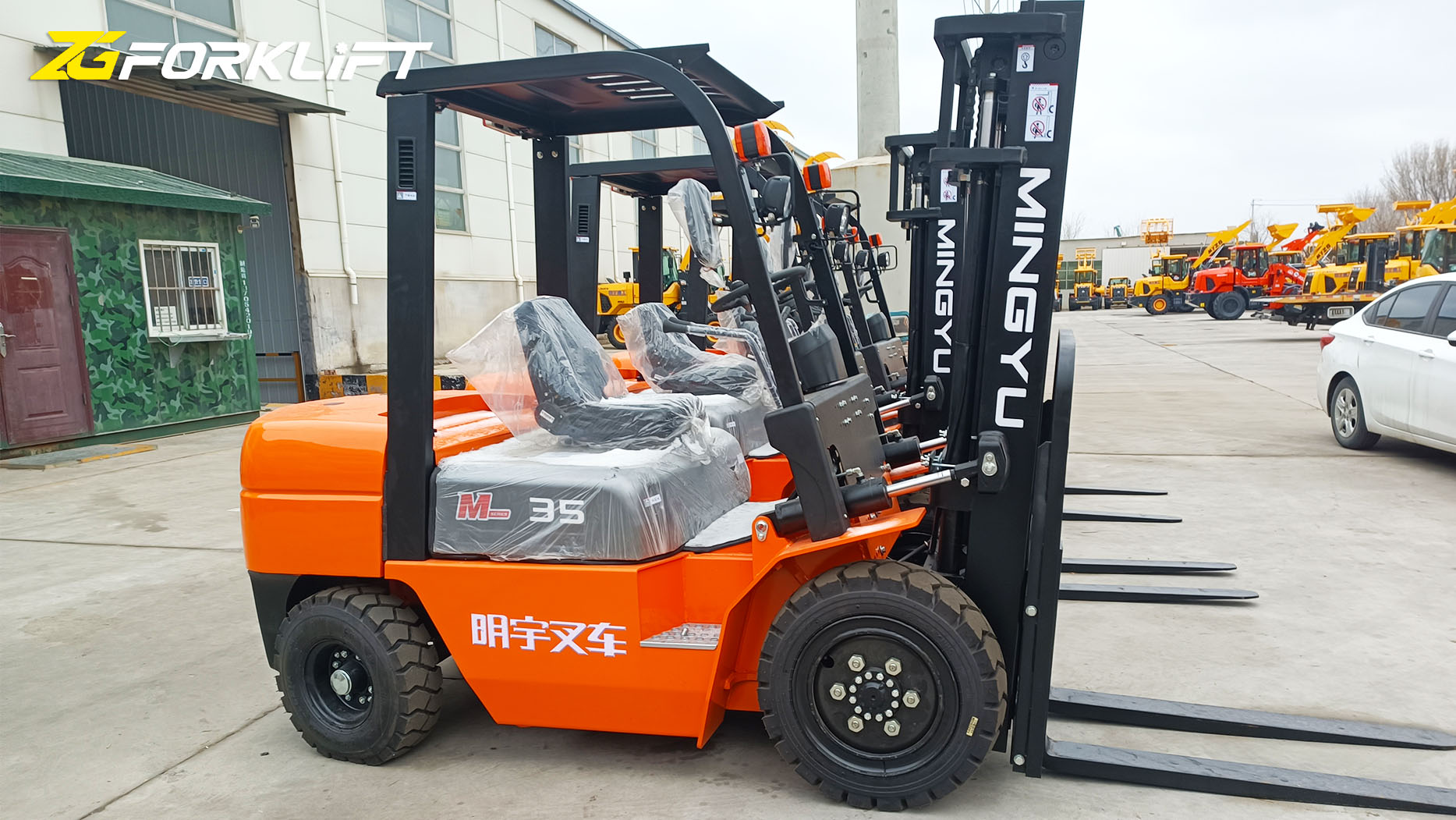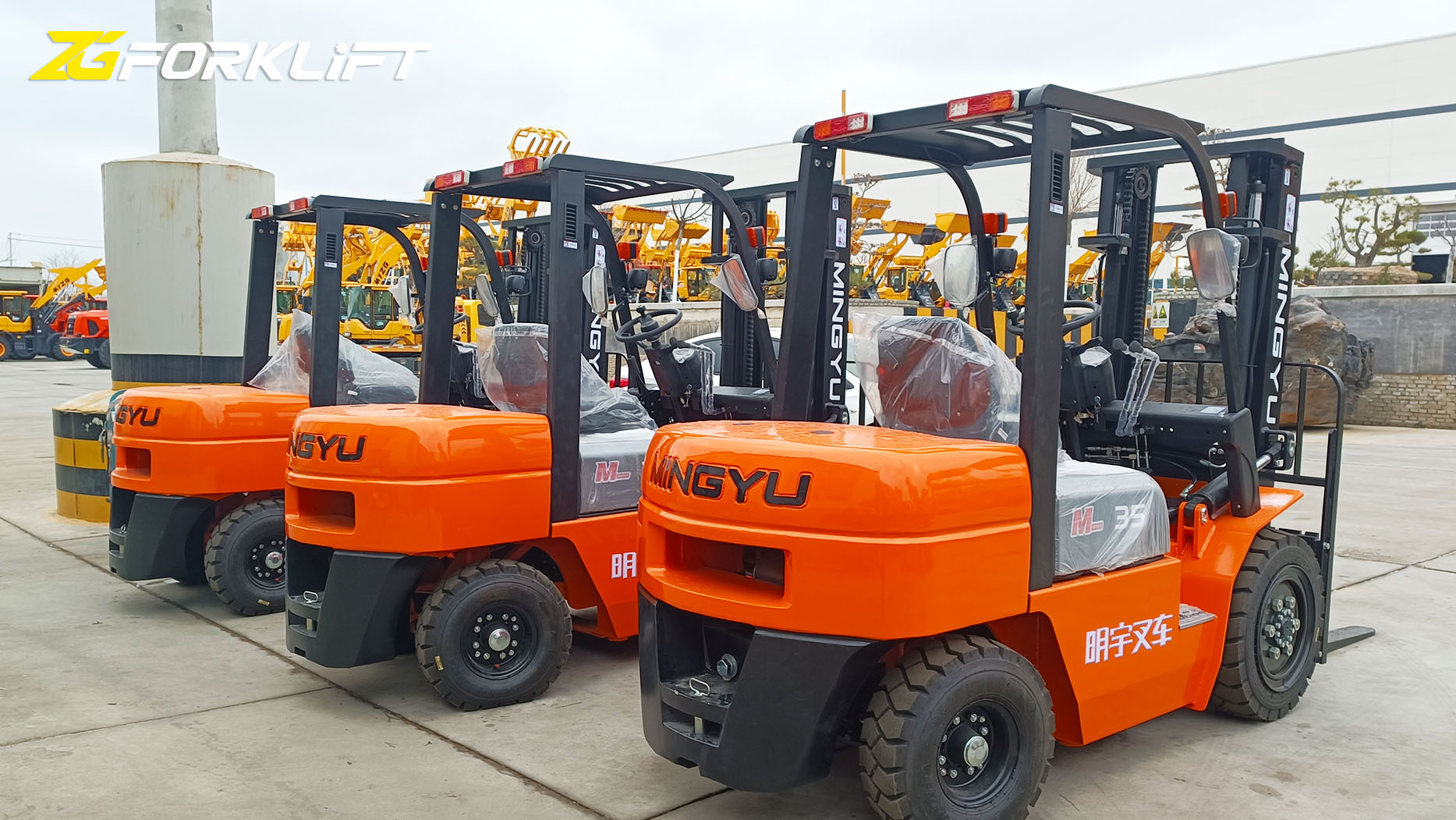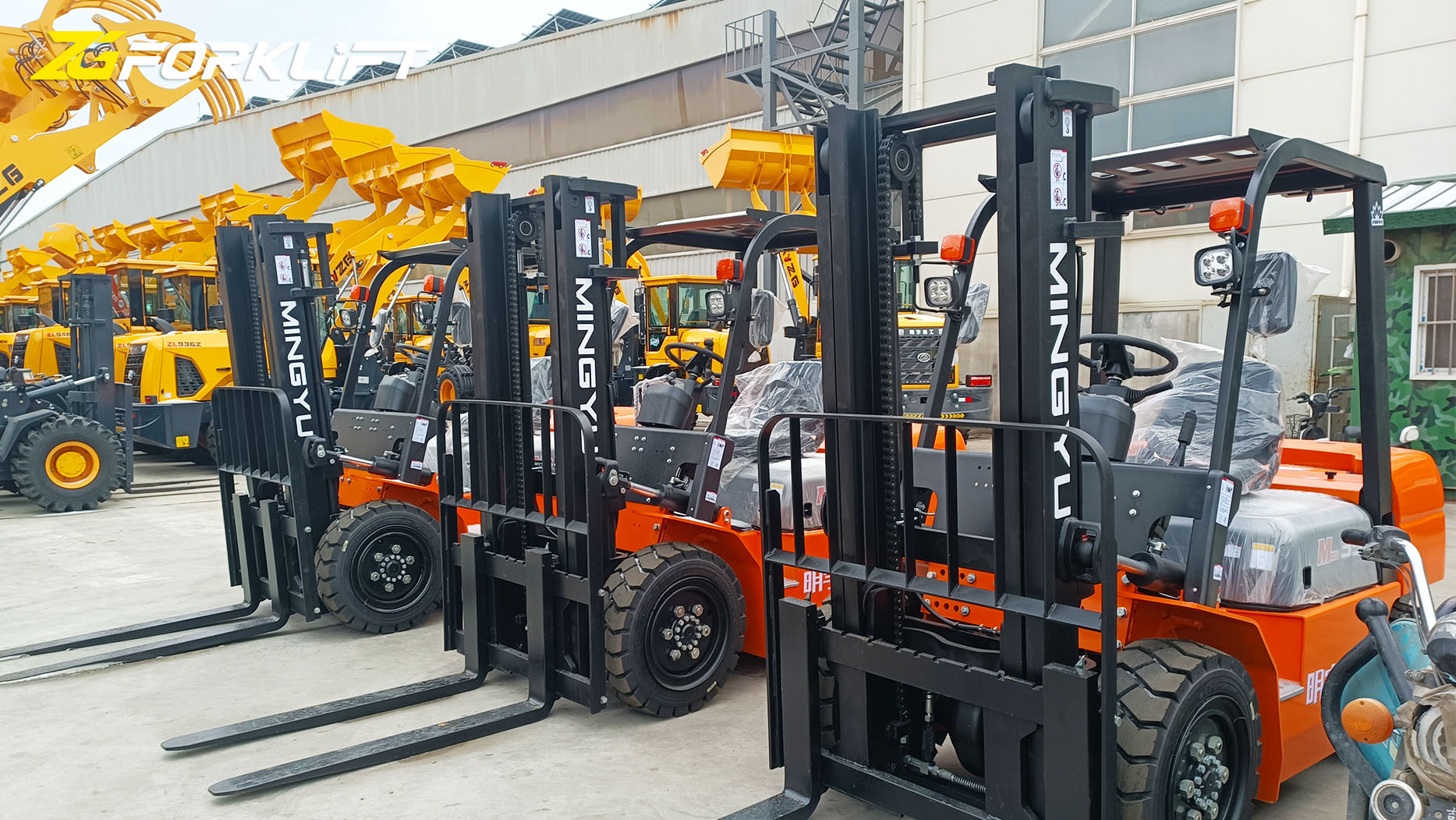Forklifts are essential tools in many industries, but they can also be incredibly dangerous if not used properly. The Occupational Safety and Health Administration (OSHA) has established a comprehensive set of regulations to ensure the safe operation of these machines. This article will provide a detailed overview of these requirements.
Operator Training and Certification
Training: All forklift operators must receive adequate training, regardless of their experience level. This training must cover:
Forklift operation: Safe driving techniques, load handling procedures, and awareness of potential hazards.
Workplace-specific hazards: Understanding the unique challenges and risks associated with operating forklifts in their specific work environment.
Pre-operational inspections: How to conduct thorough inspections of the forklift before each use to identify any mechanical or safety issues.
Load stability: Principles of load stability, including load weight limits, center of gravity, and proper load securing methods.
Refueling and battery charging: Safe procedures for refueling and charging forklift batteries, including fire prevention measures.
Accident prevention: Techniques for avoiding collisions with pedestrians, other vehicles, and fixed objects.
Certification: Upon successful completion of the training program, operators must be certified. This certification typically involves a written test and a practical driving evaluation.
Refresher Training: Certified operators must undergo refresher training at least once every three years to maintain their certification. This refresher training should cover any changes in operating procedures, equipment, or workplace conditions.
Forklift Inspection and Maintenance
Pre-Operational Inspections: Operators must conduct a pre-operational inspection of their forklift before each use. This inspection should include a visual check of:
Tires: For proper inflation and wear and tear.
Brakes: For proper function and responsiveness.
Steering: For smooth and accurate operation.
Mast and Forks: For any signs of damage or wear.
Hydraulics: For leaks and proper functioning.
Lights and Horn: To ensure they are in working order.
Safety Devices: Such as seat belts, backrests, and overhead guards.
Regular Maintenance: Forklifts must undergo regular maintenance according to the manufacturer's recommendations. This may include:
Scheduled maintenance: Regular inspections and servicing by qualified technicians.
Repair and replacement: Prompt repair or replacement of any damaged or worn components.
Safe Operating Procedures
Load Limits: Never exceed the rated load capacity of the forklift.
Load Stability: Ensure that loads are properly balanced and secured to prevent tipping.
Travel Speed: Operate the forklift at a safe speed appropriate for the conditions.
Pedestrian Traffic: Be aware of pedestrians and yield the right-of-way whenever necessary.
Clearance: Maintain sufficient clearance from walls, racks, and other obstacles.
Ramps and Grades: Operate carefully on ramps and inclines to avoid tipping.
Overhead Hazards: Be aware of overhead hazards, such as low-hanging pipes or beams.
Driving on Grades: Avoid driving on excessive grades, especially with elevated loads.
Riding on the Forks: Never allow passengers to ride on the forks.
Horseplay: Avoid any horseplay or reckless driving.
Workplace Conditions
Aisle Widths: Maintain adequate aisle widths to allow for safe forklift operation and pedestrian traffic.
Floor Conditions: Ensure that floors are level, smooth, and free of obstructions.
Stacking Heights: Adhere to safe stacking heights to prevent load instability.
Lighting: Provide adequate lighting in all areas where forklifts are operated.
Ventilation: Ensure proper ventilation to prevent the buildup of hazardous gases.
Personal Protective Equipment (PPE)
Seat Belts: Operators must wear seat belts whenever a seat belt is available.
Head Protection: Hard hats may be required in certain areas where there is a risk of falling objects.
Footwear: Wear sturdy, closed-toe shoes to protect feet from falling objects and potential injuries.
Specific Hazards
Powered Industrial Trucks (PITs): OSHA's general requirements for powered industrial trucks cover a wide range of vehicles, including forklifts. These requirements address issues such as operator training, vehicle inspection, and safe operating procedures.
Indoor Storage: Specific regulations apply to the storage of materials in indoor areas, including the use of racking systems, aisle widths, and the safe stacking of loads.
Construction: Construction sites present unique challenges, such as uneven terrain and the presence of other construction equipment. OSHA has specific regulations for the operation of forklifts on construction sites.
Enforcement
OSHA has the authority to inspect workplaces and issue citations for violations of its regulations. These citations can include fines, ranging from minor to significant, depending on the severity of the violation. In some cases, OSHA may also issue orders to abate hazards and prevent future accidents.
Importance of Compliance
Compliance with OSHA's forklift regulations is crucial for several reasons:
Worker Safety: By following these regulations, employers can significantly reduce the risk of forklift accidents and injuries to their employees.
Reduced Costs: Accidents can result in costly medical expenses, lost productivity, and damage to equipment. By preventing accidents, employers can save money.
Improved Productivity: A safe and efficient workplace can lead to increased productivity and morale among employees.
Legal Compliance: Compliance with OSHA regulations is the law. Failure to comply can result in significant fines and penalties.
Conclusion
OSHA's regulations on forklifts are designed to protect workers and prevent accidents. By following these regulations, employers can create a safer and more productive workplace. It is essential for all employers and employees to be familiar with these requirements and to prioritize forklift safety at all times.
Post time:Feb.05.2025



